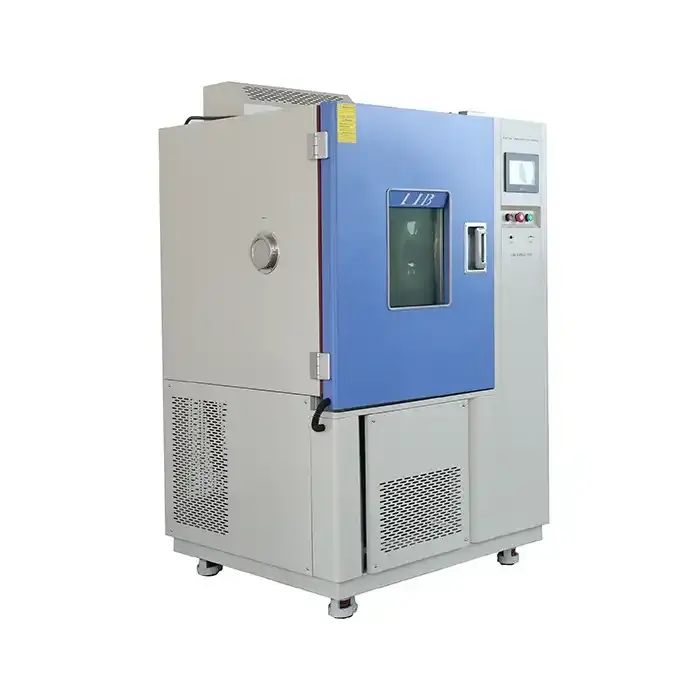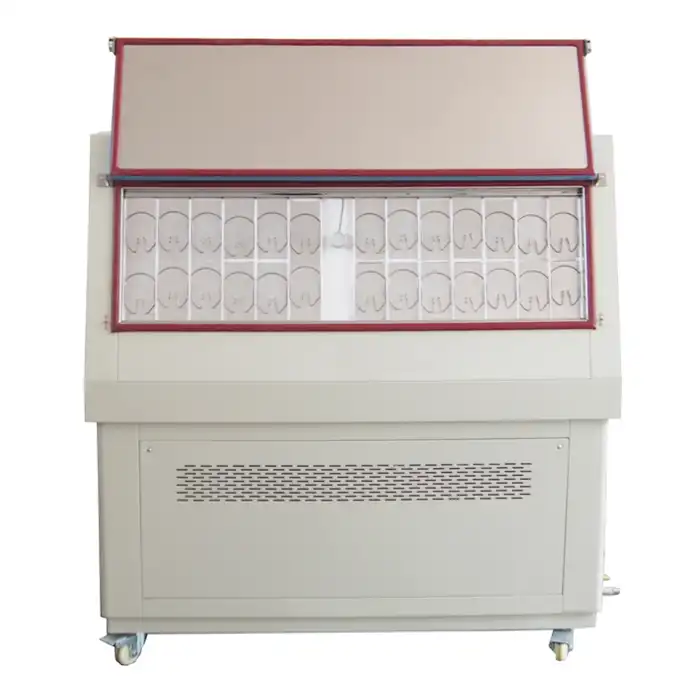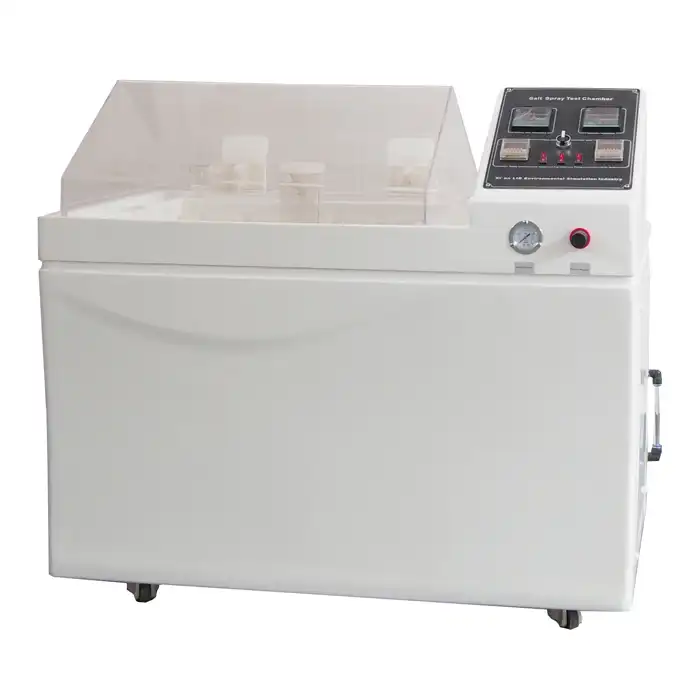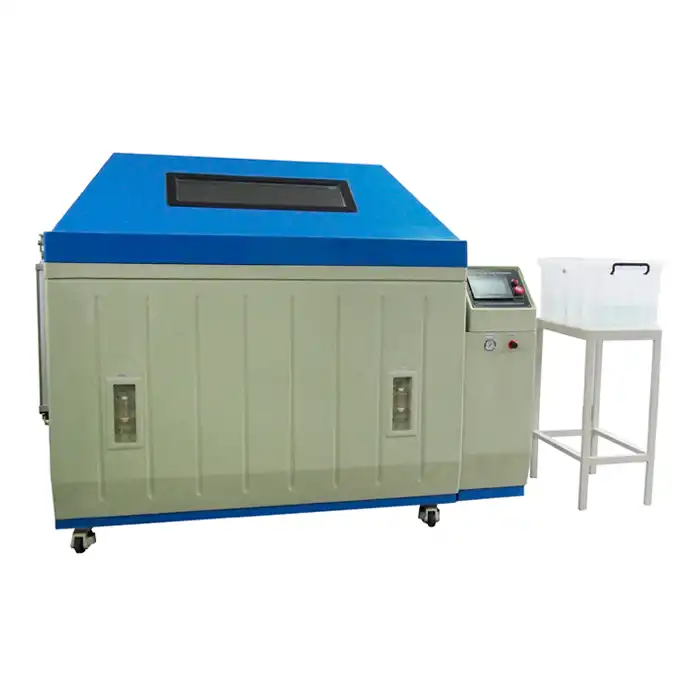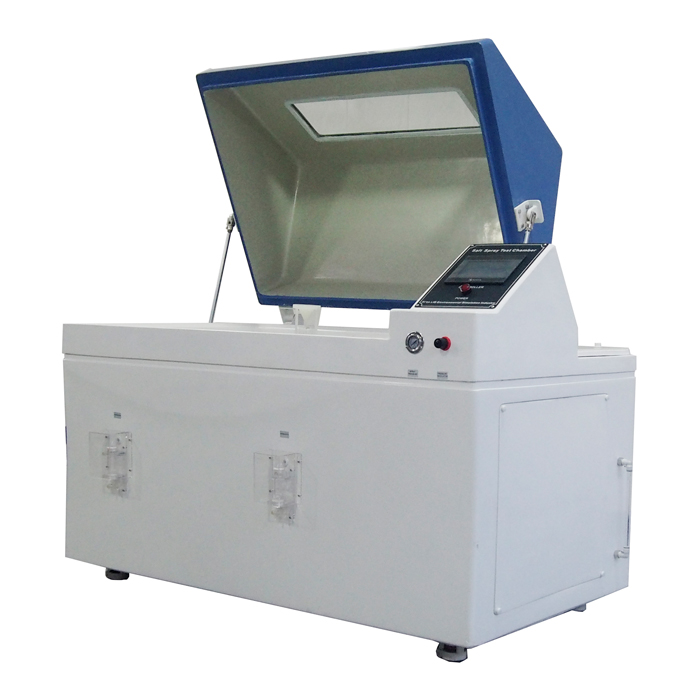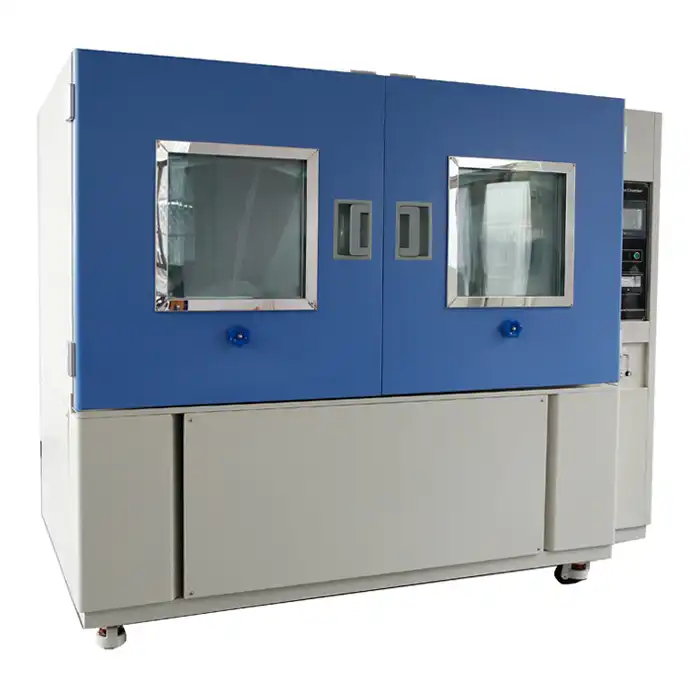How to maintain and calibrate an environmental test chamber?
How to Maintain and Calibrate an Environmental Test Chamber?
Environmental test chambers are crucial instruments in various industries, used to simulate and control environmental conditions for testing products and materials. Proper maintenance and calibration of these chambers are essential to ensure accurate and reliable test results. In this comprehensive guide, we'll explore the best practices for maintaining and calibrating environmental test chambers, helping you maximize their performance and longevity.
Understanding Environmental Test Chamber Maintenance
Regular maintenance of environmental test chambers is vital for their optimal performance and longevity. Let's delve into the key aspects of maintaining these sophisticated pieces of equipment.
Routine Cleaning Procedures
Maintaining cleanliness in your environmental test chamber is essential for optimal performance. Regularly remove debris, dust, and residue from both interior and exterior surfaces to prevent contamination. Use non-abrasive cleaning agents and soft cloths to avoid damaging sensitive components. Special attention should be given to seals, gaskets, and ventilation systems, as these areas are prone to accumulating contaminants that can impact the chamber’s efficiency. Ensuring these components are kept clean and well-maintained will help preserve the chamber’s functionality, extend its lifespan, and ensure accurate and reliable testing results.
Inspection of Critical Components
Routine inspection of critical components in your environmental test chamber is vital for maintaining its performance and longevity. Regularly examine heating and cooling systems, humidity generators, and control panels for any signs of wear, corrosion, or damage. Ensure that electrical connections are secure and check that all moving parts are adequately lubricated. Proactively identifying and addressing potential issues can prevent costly breakdowns and extend the chamber’s operational lifespan. Consistent monitoring and maintenance not only enhance reliability but also ensure the chamber continues to provide accurate and consistent test results.
Preventive Maintenance Schedule
Developing a preventive maintenance schedule is crucial for ensuring the reliable operation of your environmental test chamber. Base this schedule on the manufacturer’s recommendations and adapt it to your specific usage patterns. Include routine tasks such as replacing filters, checking refrigerant levels, and calibrating sensors. Regularly adhering to this maintenance routine helps minimize the risk of unexpected failures, ensuring that the chamber consistently performs at its best. A well-planned preventive maintenance approach not only extends the equipment's lifespan but also helps maintain accurate and reliable testing conditions.
Calibration Techniques for Environmental Test Chambers
Calibration is a crucial process that ensures your environmental test chamber provides accurate and reliable results. Let's explore the essential calibration techniques and best practices.
Temperature Calibration Methods
Temperature calibration is fundamental for environmental test chambers. Use NIST-traceable temperature sensors to verify and adjust the chamber's temperature readings. Perform calibrations at multiple points across the chamber's operating range to ensure accuracy throughout. Consider using multipoint calibration techniques for more precise results, especially for chambers with large internal volumes or complex temperature profiles.
Humidity Calibration Procedures
Proper calibration of humidity sensors is crucial for chambers with humidity control to ensure accurate and reliable results. Use certified humidity standards or reference hygrometers to verify and adjust the chamber’s humidity readings. During the calibration process, focus on the chamber’s stability and uniformity, as fluctuations in these factors can significantly affect measurement accuracy. Regularly calibrating the humidity sensors helps maintain precise control over environmental conditions, which is essential for achieving consistent and dependable test outcomes. Implementing thorough calibration procedures will enhance the reliability and validity of your testing processes.
Calibration of Additional Parameters
Many environmental test chambers include additional parameters such as pressure, vibration, or light intensity. Each of these parameters requires specific calibration procedures. Consult the manufacturer's guidelines and industry standards to ensure proper calibration of these specialized features. Consider using external calibration services for complex parameters that require specialized equipment or expertise.
Advanced Maintenance and Calibration Strategies
To ensure the highest level of performance and reliability from your environmental test chamber, consider implementing these advanced maintenance and calibration strategies.
Predictive Maintenance Techniques
Implement predictive maintenance techniques to anticipate potential issues before they occur. Utilize data logging and analysis to identify trends in chamber performance. Monitor key parameters such as power consumption, temperature stability, and cycle times to detect subtle changes that may indicate impending problems. This proactive approach can significantly reduce downtime and maintenance costs.
Automated Calibration Systems
Consider investing in automated calibration systems for your environmental test chamber. These systems can perform regular calibrations with minimal human intervention, ensuring consistent accuracy and reducing the risk of human error. Automated systems can also provide detailed calibration reports, simplifying documentation and compliance with quality standards.
Training and Documentation
Invest in comprehensive training for your staff on proper maintenance and calibration procedures. Develop detailed documentation of all maintenance and calibration activities, including procedures, schedules, and results. This documentation is invaluable for troubleshooting, quality assurance, and regulatory compliance. Regular review and updating of these documents ensure that your maintenance and calibration practices remain current and effective.
Conclusion
By implementing these maintenance and calibration strategies, you can ensure that your environmental test chamber continues to provide accurate and reliable results for years to come. Regular attention to these critical aspects of chamber operation will not only extend the life of your equipment but also contribute to the quality and consistency of your testing processes.
For more information about Environmental Test Chambers and their maintenance, please contact us at info@libtestchamber.com. Our team of experts is ready to assist you with all your environmental testing needs.
References
1. Johnson, A. R. (2019). Environmental Test Chamber Maintenance: A Comprehensive Guide. Journal of Environmental Testing, 42(3), 215-230.
2. Smith, B. L., & Taylor, C. D. (2020). Calibration Techniques for Modern Environmental Test Chambers. International Journal of Metrology and Quality Engineering, 11(2), 1-15.
3. Brown, E. F., et al. (2018). Advanced Strategies in Environmental Chamber Calibration. Measurement Science and Technology, 29(8), 084001.
4. Zhang, Y., & Wilson, R. (2021). Predictive Maintenance for Environmental Test Chambers: A Machine Learning Approach. IEEE Transactions on Instrumentation and Measurement, 70, 1-12.
5. Davis, M. K. (2017). Best Practices in Environmental Test Chamber Operation and Maintenance. Quality Assurance in Testing and Calibration, 25(4), 342-358.
6. Lee, S. H., & Park, J. Y. (2022). Automated Calibration Systems for Environmental Test Chambers: A Review. Sensors and Actuators A: Physical, 333, 113261.



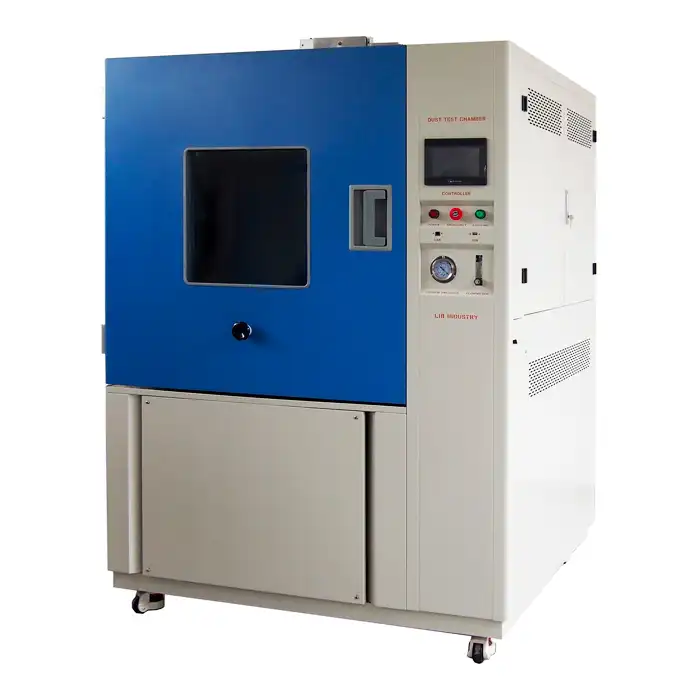
.jpg)
